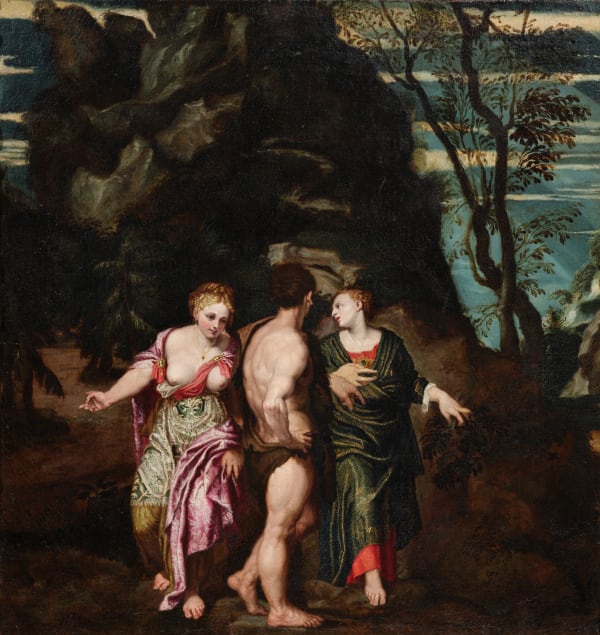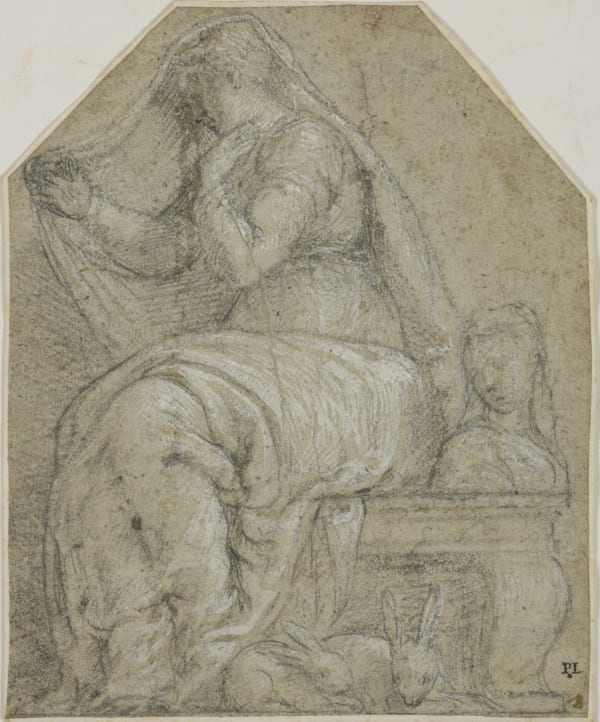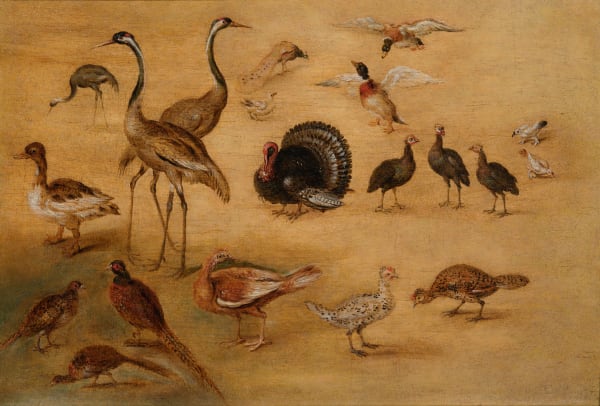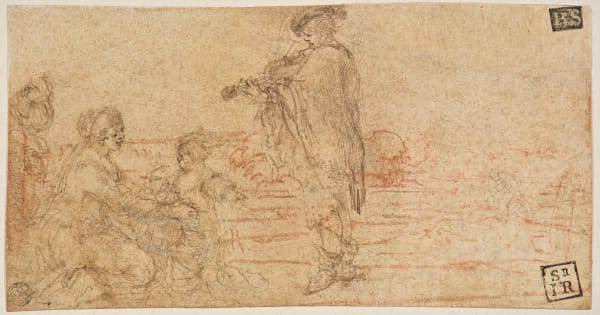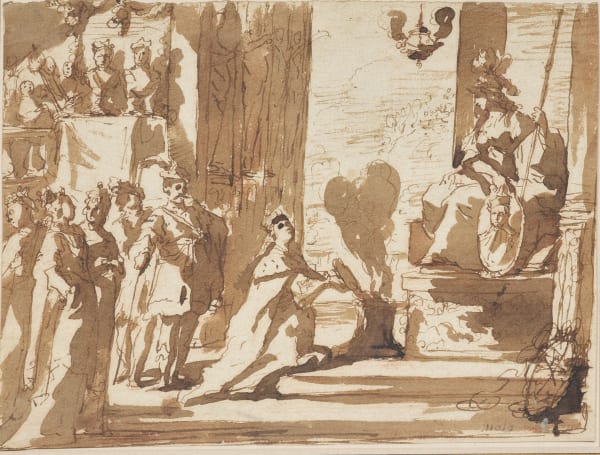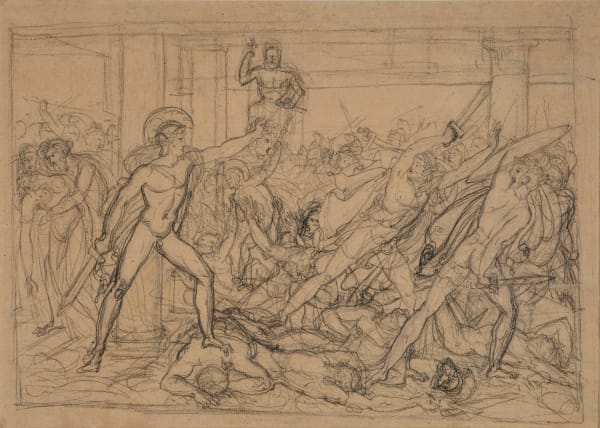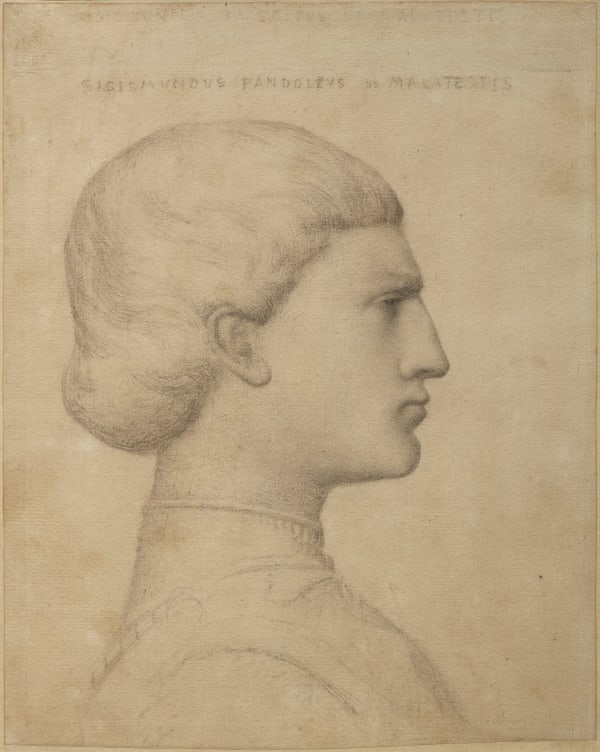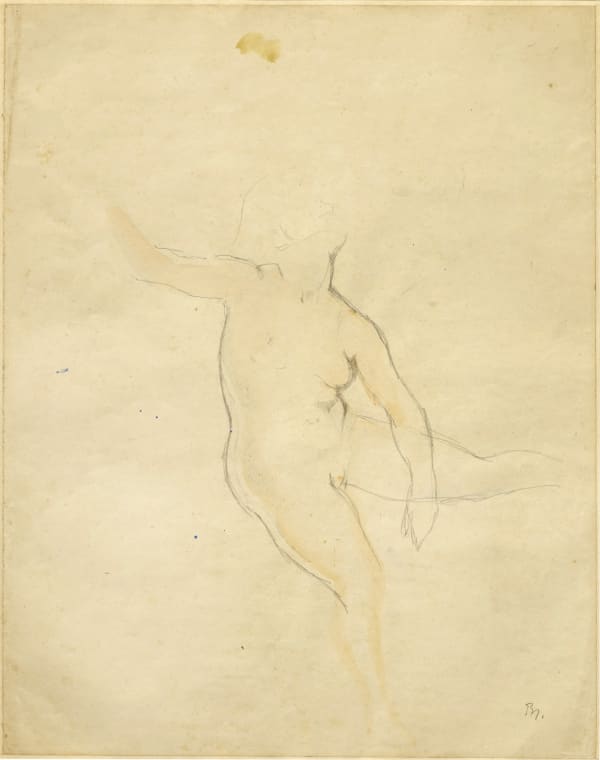This section provides access to a detailed description of some of the artworks. Click on the corresponding photo and then on "essay" to have access to this detailed description. This description can be downloaded using "download PDF".
Please note that for some artworks shown on the Artworks page this description is only available on request. To require a description, please click on the photo under "artwork" and then on "enquire".
-

Felice Brusasorci
-

Follower of the Master of the Female Half Lengths/ Suiveur du Maître des demi-figures
-

Girolamo Sellari, known as Girolamo da Carpi
-

Giulio Parigi
-

Biagio Pupini
-

Giulio Romano
-

Giuseppe Porta detto Salviati
-

Tiziano Vecelli, called Titian/ Tiziano Vecelli dit Titien
-

Jan Brueghel the Younger
-

Simone Cantarini, called il Pesarese
-

Stefano della Bella
-

Karel du Jardin
-

Frans Francken the Younger/ Frans Francken II
-

Nicolas Loir
-

Giovanni Mannozzi, called Giovanni da San Giovanni
-

Donato Arsenio Mascagni
-

Francesco La Marra
-

Giuseppe Nogari
-

Jean-Pierre Péquignot
-

Jean-Baptiste Marie Pierre (Paris 1714 – 1789)
-

Giacomo Zoffoli
-

Sir Lawrence Alma-Tadema
-

Eugène Delacroix
-

Anne-Louis Girodet de Roussy-Trioson
-

Jean Auguste Dominique Ingres
-

Rafael de Ochoa y Madrazo
-

Balthasar Klossowski de Rola, dit Balthus
